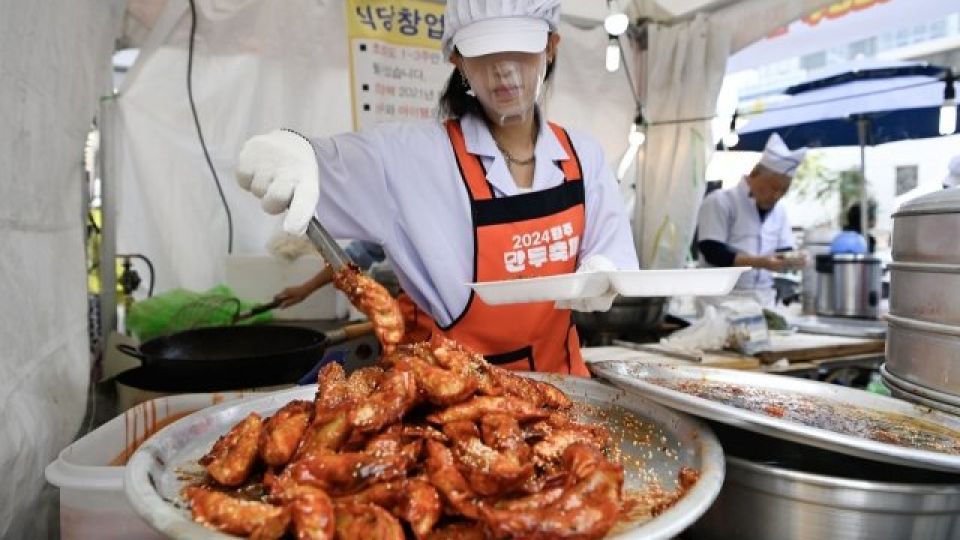November 5, 2024
SEOUL – Local festivals in Korea on the theme of bunsik, Korean light meals and snacks, are enjoying unprecedented success, drawing hundreds of thousands of visitors in recent weeks.
Although the festivals were held in cities 2-3 hours by car from the Seoul metropolitan area, where half of the Korean population lives, some cities saw visitor numbers similar to their whole populations as the events went viral online.
The 1st Gimcheon Gimbap Festival, held at Samyeongdaesa Park in Gimcheon, North Gyeongsang Province on Oct. 26-27, drew over 100,000 visitors — three times the number expected by the organizers.
The figure is slightly less than Gimcheon’s population — 136,440 as of May.
The festival was initiated in a bid to increase the city’s recognition among younger generations.
In a survey conducted by the city, a large number of respondents drew a connection between the city’s name and the nationwide restaurant chain “Gimbapcheonguk,” which is often abbreviated to “Gimcheon.”
The city’s public relations department decided to embrace that image, which turned out to be a major reason for the festival going viral.

Gumi Ramyun Festival bustles with visitors on Saturday in Gumi, North Gyeongsang Province. PHOTO: YONHAP/THE KOREA HERALD
The Wonju Mandu Festival in Wonju, Gangwon Province drew over 500,000 visitors to the city of 360,000 residents from Oct. 25 to 27.
The festival had around 50 booths selling over 100 kinds of dumplings and a variety of events on the theme of mandu, or Korean dumplings.
The city has a street of restaurants that became famous for mandu in the 1950s after Korean War refugees there began to sell the dumplings, made with flour from US Army bases.
But this year’s increase in visitors was extraordinary, more than doubling from last year’s 200,000.

A picnic zone at the Gimcheon Gimbap Festival in Gimcheon, North Gyeongsang Province. PHOTO: GIMCHEON CITY’S OFFICIAL INSTAGRAM ACCOUNT/THE KOREA HERALD
The industrial city of Gumi, North Gyeongsang Province was busy from last Friday to Sunday, as the Gumi Ramyun Festival attracted around 170,000 visitors, according to local media.
Gumi is home to the largest factory of one of Korea’s leading ramyeon makers, Nongshim, which set up booths serving ramyeon cooked according to special recipes developed by 18 ramyeon chefs — 15 selected from Gumi and three from other parts of Korea.
The festival went viral partly for offering ramyeon made with freshly fried noodles.
About 250,000 bowls of fresh noodle ramyeon were sold during the festival, which is six times last year’s sales of 40,000.


